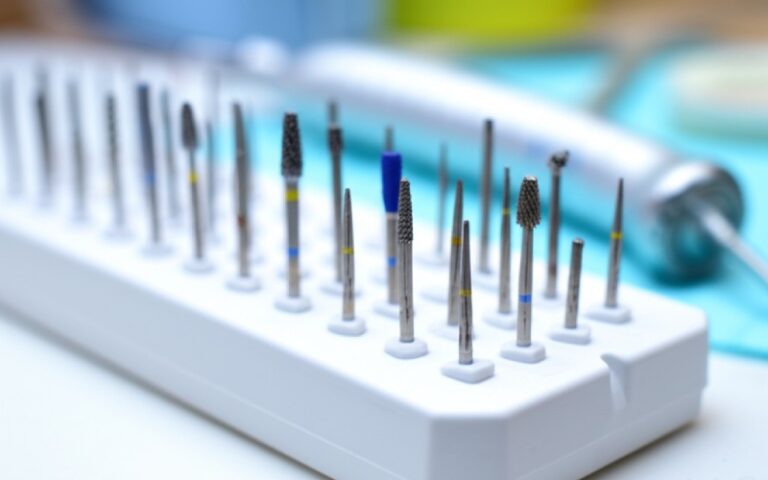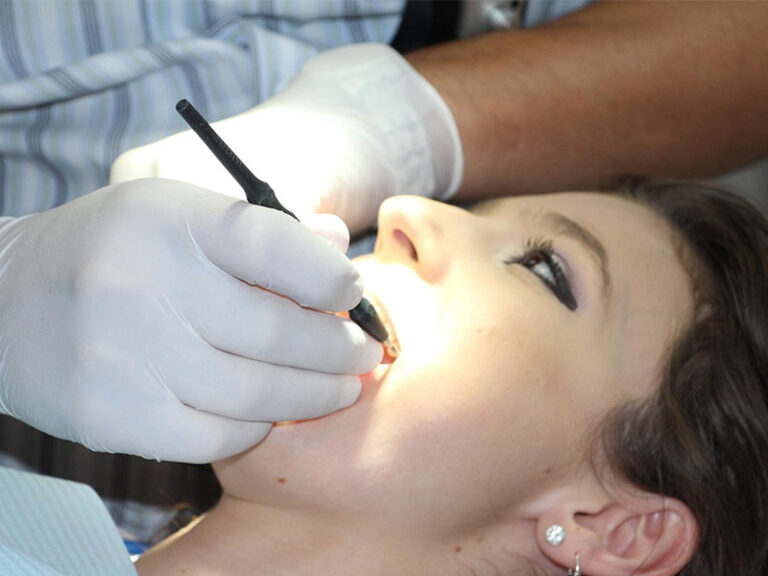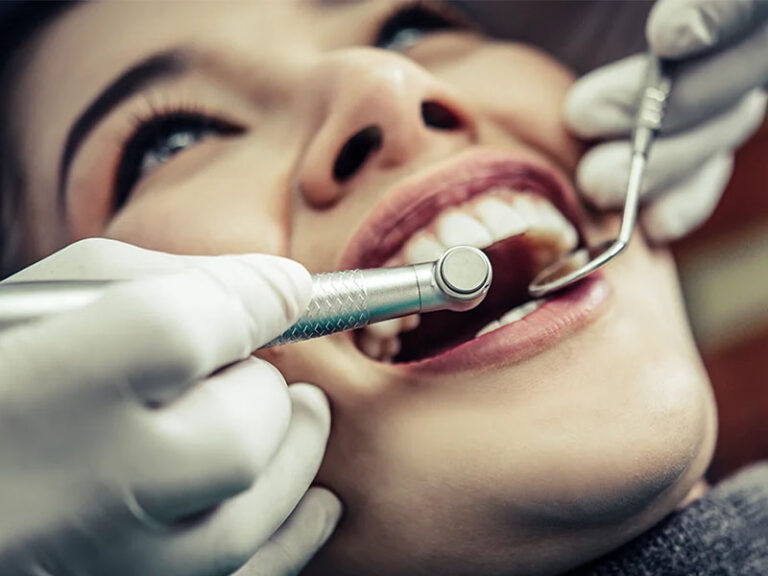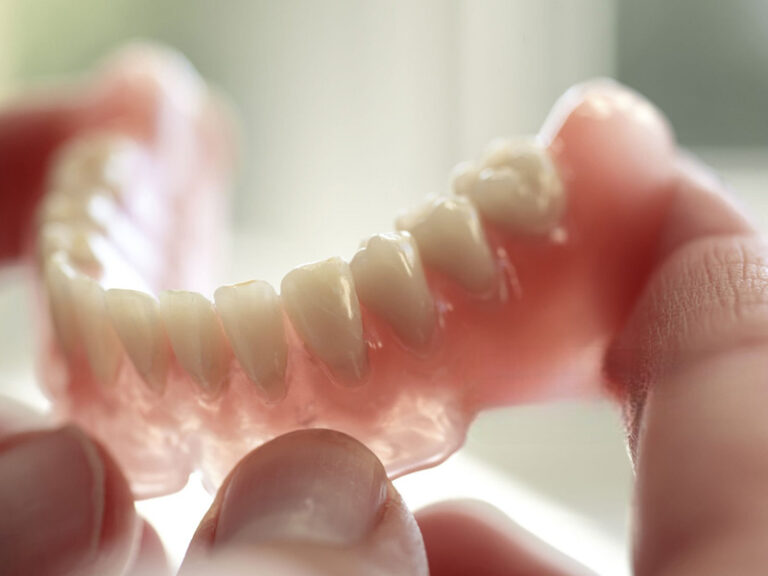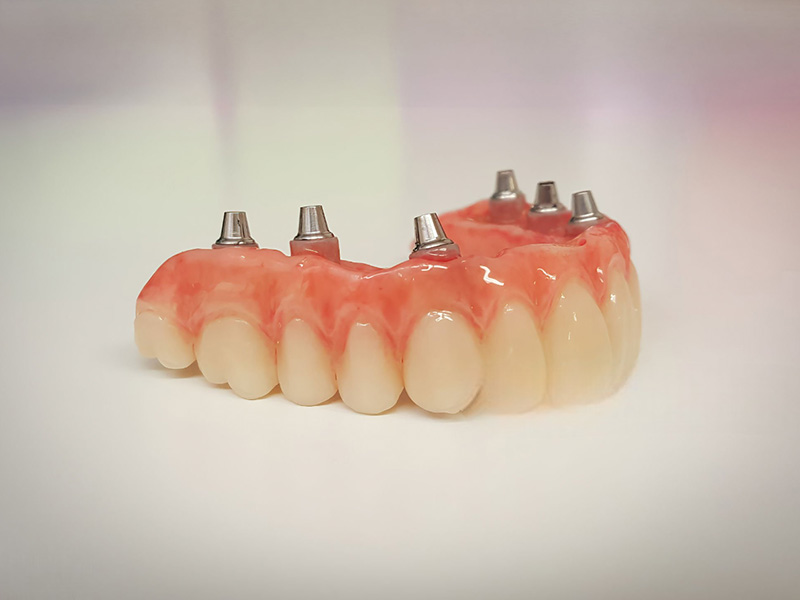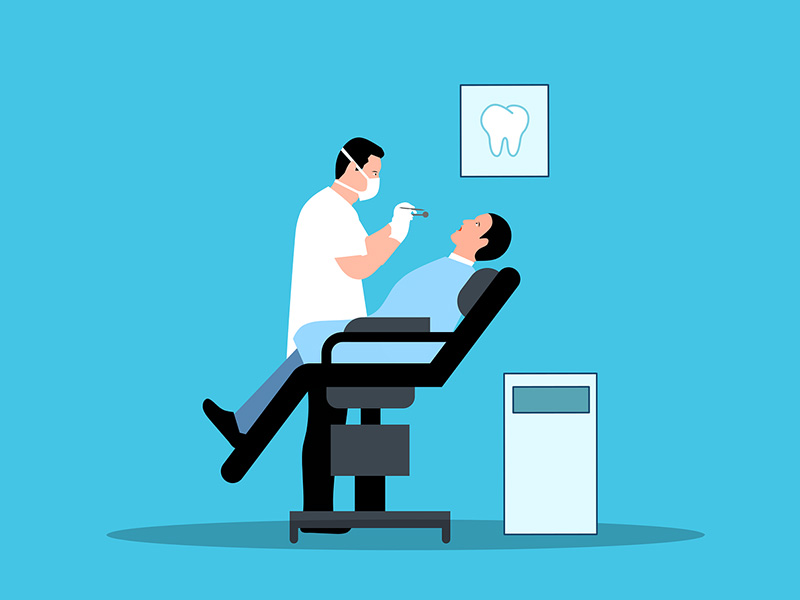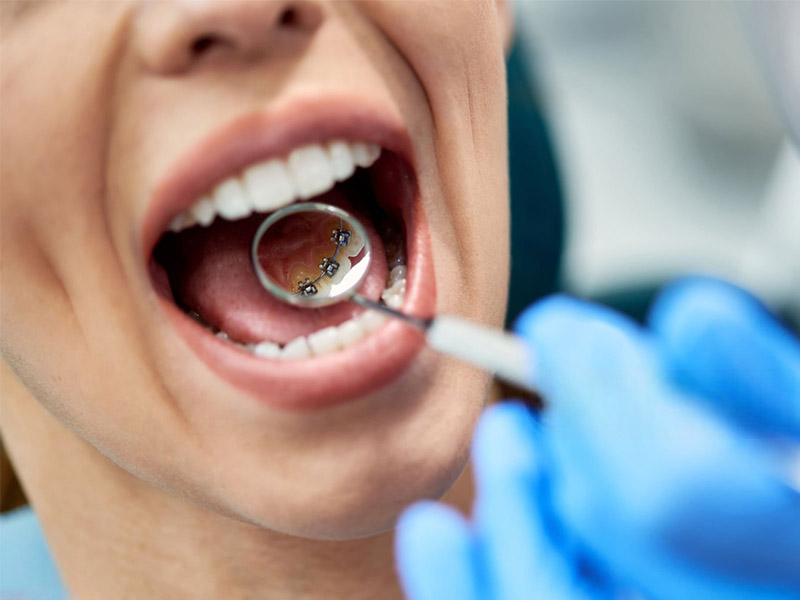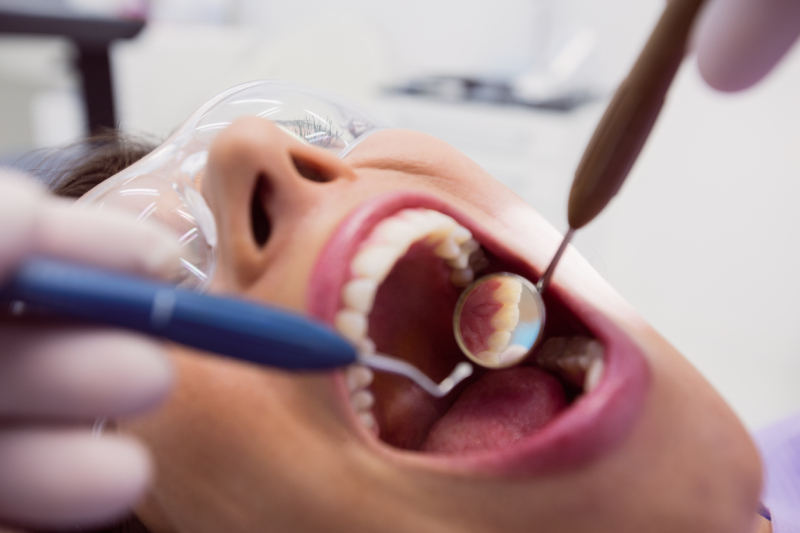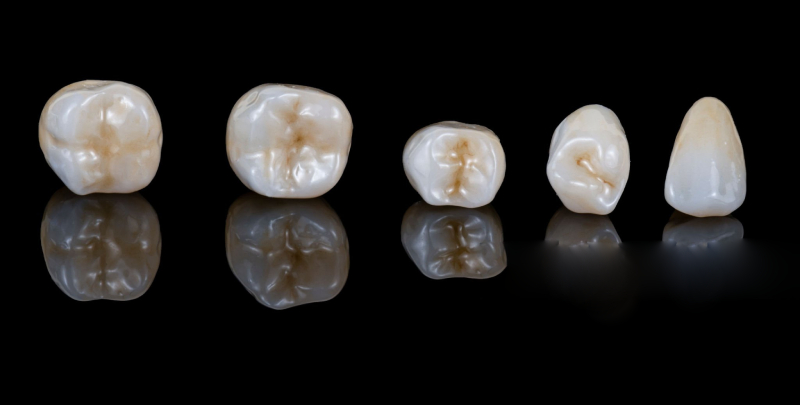
Zirconia Generations Compared: Unpacking Yttria-Stabilized Zirconia Properties
Introduction
When I first started working in dentistry, zirconia was showing up everywhere as the new, tough material everyone wanted to try. Dentists and dental techs around me always talked about how strong it was, but a lot of folks complained about how it looked. Fast forward ten years, and I’ve seen zirconia change a lot—changing how I handle crowns, bridges, and even work around implants.
In this article, I’ll share what I’ve picked up about the different types of dental zirconia, focusing on yttria-stabilized zirconia (YSZ). If you’ve ever wondered how yttria changes these materials, or felt stuck picking the right zirconia for a tricky case, you’re in the right place. My aim here is to make the details simple, point out what’s different in regular words, and share tips from both research and real hands-on work.
Table of Contents
The Science Behind Yttria-Stabilized Zirconia (YSZ)
Before I started treating patients, I thought all “ceramics” were pretty much alike. I was wrong. Getting the real story on YSZ totally changed how I use zirconia.
Zirconia’s Phases: Tetragonal, Monoclinic, and Cubic
Let me explain: zirconia (zirconium dioxide, or ZrO₂) actually takes on different crystal shapes called “phases.” Pure zirconia changes between these shapes when it gets hot or cold—like water freezing or boiling.
- Monoclinic phase: Stable at room temperature. It’s not strong enough for dental work.
- Tetragonal phase (t-ZrO₂): Shows up above 1170°C. This shape gives high strength and doesn’t crack easily. That’s music to any dentist’s ears.
- Cubic phase (c-ZrO₂): Shows above about 2370°C. Cubic phase is clearer, making zirconia more like real tooth enamel.
The trick is to keep these stronger, see-through phases in place at room temperature in the mouth.
The Role of Yttria in Dental Zirconia
Here’s where yttria (yttrium oxide, Y₂O₃) steps in. By mixing yttria into the zirconia, we stop it from turning back to the weak monoclinic shape when it cools down. Yttria “locks in” either the tetragonal or cubic shapes, depending on how much you add.
- With about 3 mol% yttria, most grains stay tetragonal. This makes the material really strong, but kind of dull and chalky to look at.
- Turn up the yttria to 5 mol%, and cubic grains take over. The material lets in more light, which looks nice—especially when making front teeth—but you lose a bit of toughness.
Think of yttria as the setting on a dial that lets us choose between strong or good-looking.
And here’s a cool fact: with the tetragonal form, when a crack starts, the grains can swell up and push back against it, stopping the crack from growing too fast. That’s why the first zirconia materials were so tough.
Comparing Zirconia Generations: What I’ve Learned
Zirconia really took off in dentistry when the material could both last a long time and look decent. I’ve gotten to work with every version, from older thick bridges to today’s super see-through front teeth. Let’s break down what’s what for each type.
First Generation Zirconia (3Y-TZP)
When I started with 3Y-TZP (3 mol% yttria-stabilized tetragonal zirconia polycrystal), I was milling heavy, white frameworks for bridges and crowns. This stuff is seriously tough—flexural strength goes well over 1000 MPa. Some brands even brag about numbers higher than 1200 MPa!
- Good points: Super tough for back teeth and patients who grind their teeth. Full-contour crowns made from 3Y-TZP almost never chip or break.
- Bad points: The big problem? It’s not see-through at all. Even with great staining, making it look natural wasn’t easy.
- Who should use it? If you’ve got a patient who grinds their teeth or needs a big, strong bridge, this material is just about perfect.
Second Generation Zirconia (4Y-TZP)
Next, makers tried to make zirconia look better. They cleaned up the 3Y-TZP formula or added a bit more yttria up to 4 mol%. This is called 3Y-TZP HT (high translucency) or 4Y-TZP.
- Good points: Flexural strength sits around 700–900 MPa—not as tough as before but still really strong.
- Looks: It’s a bit more see-through (30–40%). I started using it for some front teeth when the patient wanted both a strong and a halfway nice-looking tooth.
- Tip: For people who grind their teeth but care a lot about looks (like premolars or front bridges), 4Y-TZP is my middle ground.
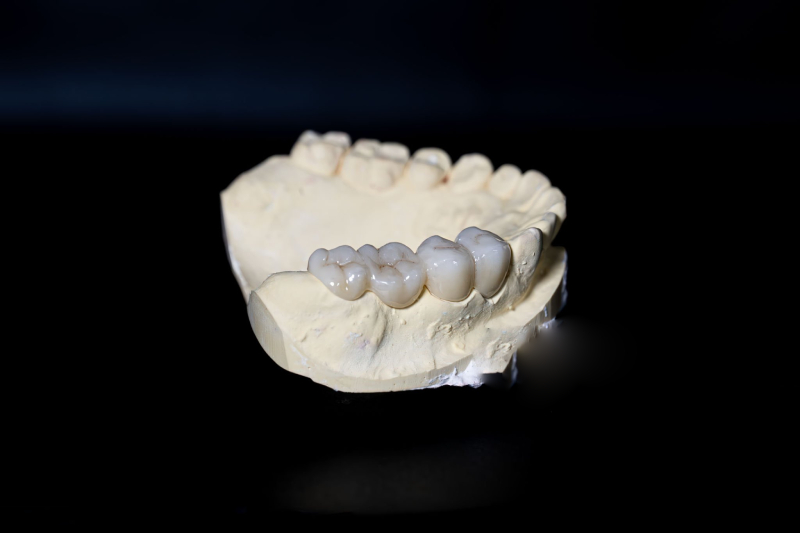
Third Generation Zirconia (5Y-TZP)
The real surprise for me was 5Y-TZP zirconia. With 5 mol% yttria, the cubic form leads the way, which means this material can be almost as see-through as lithium disilicate.
- See-through: Up to (or more than) 50%. When I used a 5Y monolithic crown, it was hard to spot it wasn’t a real tooth.
- Drawbacks: Flexural strength drops to 550–700 MPa and it’s not as tough, so I worry about using it for bigger bridges or patients who bite hard.
- Best for: I go with these for single front teeth or veneers when the patient really wants it to look like a real tooth—especially when it’s tough to match colors.
- Watch out: I stay away from using 5Y for big bridges or people who grind hard. It just can’t take that kind of hit.
Fourth Generation Zirconia (Multi-Layered/Graded)
Lately, we’ve got multi-layered blocks. I can pick a block that starts off stronger and a little cloudy at the gum line (usually 3Y or 4Y), but is super clear towards the biting edge (up to 5Y).
- Why I like it: Now I can make both nice-looking front teeth and tough back teeth from one material.
- My advice: These are great if you want both a strong base and a nice, see-through tip on a tooth.
- What’s new: Each layer is different, so you need to plan your milling so the bits you want in each layer end up in the right spot.
Exploring YSZ Properties Across Generations
Getting what’s happening on a tiny level really helps explain why one type of zirconia works better in certain cases. Here’s what you should know.
Mechanical Properties: Strength, Toughness, and Wear
Flexural Strength
- First-gen (3Y-TZP): 1000–1200+ MPa. Basically indestructible in the mouth.
- Second-gen (4Y-TZP): 700–900 MPa. Still plenty strong for most cases.
- Third-gen (5Y-TZP): 550–700 MPa. Much closer to regular ceramics.
- Multi-layered: Depends where you look in the block, usually between 600–1100 MPa.
When I see a patient who grinds their teeth or needs a big bridge, that super high strength makes me worry less. For thin front teeth (veneers) and one tooth at a time, 600 MPa is more than enough.
Fracture Toughness & Crack Resistance
Older 3Y-TZP saved me in more than one tough case. The way those grains could swell to block a crack made a difference. As you get more cubic content, you lose this bonus.
- 3Y-TZP: 6.0–9.0 MPa√m
- 4Y-TZP: 4.0–6.0 MPa√m
- 5Y-TZP: Only 2.0–3.5 MPa√m
- Multi-layered: 3.0–7.0 MPa√m, depending on where you slice the block
Wear Resistance
Something else I learned: how smooth you finish zirconia matters more than which brand you buy. Rough zirconia will chew up the teeth it bites against, but when it’s polished smooth, it’s actually gentle. I always tell my lab to spend extra time on polishing, especially with full zirconia crowns.
Optical Properties: Translucency and Esthetics
You can’t brag about a “perfect” crown if it looks like a chunk of plaster. Here’s how yttria and the grains change what your eye sees:
- See-through (%)
- 3Y-TZP: 20–25% (pretty cloudy)
- 4Y-TZP: 30–40%
- 5Y-TZP: 45–50% or better
- Multi-layered: Blends up to 50%+
In my makeovers (“front six” smiles), all that added translucency made a real difference. I still sometimes struggle with matching how materials react to different lights, but it gets easier the more I do.
Biocompatibility: How Zirconia Behaves in the Mouth
What keeps impressing me: all types of dental zirconia are kind to the gums and tissue. I’ve seen people go for years with healthy gums next to well-made zirconia. It almost never causes irritation. Sometimes, the glue or composite fails, but the tissue around zirconia almost always stays happy.
Good tissue health and less plaque build-up help with gum health, which is a big step up from the old metal-ceramic crowns.

Aging Resistance: Lessons on Low Temperature Degradation
This was a curveball—zirconia can wear down over time (called low-temperature degradation, LTD). Water and mouth temperature can make the grains change to the weaker monoclinic type as the years pass.
- 3Y/4Y zirconia: If they’re made right, aging isn’t much of a problem.
- 5Y cubic zirconia: More cubic content means fewer grain changes, but the downside is cracks may grow slowly instead of big sudden breaks.
Manufacturers keep working on better grain sizes and baking methods. In my office, I always double-check what type of zirconia I’m using and follow the directions for finishing and cementing. Being careful up front saves trouble later.
Real-World Data, Clinical Tips, and Case Insights
I like data, but using that data in the office is what really matters.
Quick-Reference Comparison Table
| Property | 3Y-TZP (1st Gen) | 4Y-TZP (2nd Gen) | 5Y-TZP (3rd Gen) | Multi-Layered (4th Gen) |
|---|---|---|---|---|
| Yttria Content (%) | ~3 | ~4 | ~5 | Combo/Blended |
| Main Phase | Tetragonal | Tetragonal+Cubic | Cubic | Mixed by layer |
| Strength (MPa) | 1000–1200+ | 700–900 | 550–700 | 600–1100+ |
| Toughness (MPa√m) | 6.0–9.0 | 4.0–6.0 | 2.0–3.5 | 3.0–7.0 |
| Translucency (%) | 20–25 | 30–40 | 45–50+ | 30–50+ |
| Looks | Fair to weak | Better | Great | Great |
| Aging Resistance | Good | Good | So-so | Layer varies |
| Best Use | Frameworks, back teeth | Back and some front crowns | Front crowns, veneers | Wide variety |
My Clinical and Laboratory Experiences
Case 1: Back Teeth Bridge for a Grinder
I once fixed up a heavy tooth grinder with a long lower bridge. First-gen 3Y-TZP was my pick. Five years later, it’s still going strong—no chips, no cracks. That high strength and crack-blocking effect really works.
Case 2: Smile Makeover
For a young client needing good-looking front teeth, nothing beat the natural color changes of a multi-layered 5Y block. Single crowns blended in perfectly. She still gets compliments.
Cementing and Surface Tricks
With see-through zirconias (5Y), resin cement makes the edge look smoother and tighter. For 3Y/4Y, regular cements are usually fine. No matter the type, always clean the inside (blast it when you can) and use a matching zirconia primer if needed.
On Wear and Opposing Teeth
One patient came in upset about her biting edges wearing down. Her top crowns were rough zirconia. I polished them smooth—her teeth stopped wearing down and she felt better right away. Always polish zirconia. Don’t skip this!
Conclusion: Choosing the Best Zirconia for Clinical Success
Looking back, what really stands out is how much dental zirconia has changed. From the cloudy old bridges I used to the shiny, natural-looking crowns I make now, there’s a type for just about any case.
If there’s one thing I’d tell others:
- For big bridges or grinders, classic 3Y-TZP is still king.
- For jobs where you want both looks and strength, especially for teeth towards the front, go for 4Y-TZP.
- If you really need it to look like a real tooth, use 5Y-TZP or the see-through layers in a multi-layered block, but don’t push them too hard.
Also, check the facts, follow the maker’s rules, and pick zirconia that fits each case. I keep learning, but knowing how yttria changes zirconia has made my work and my patients’ smiles better.
Here’s to more great teeth and crowns that really last!

